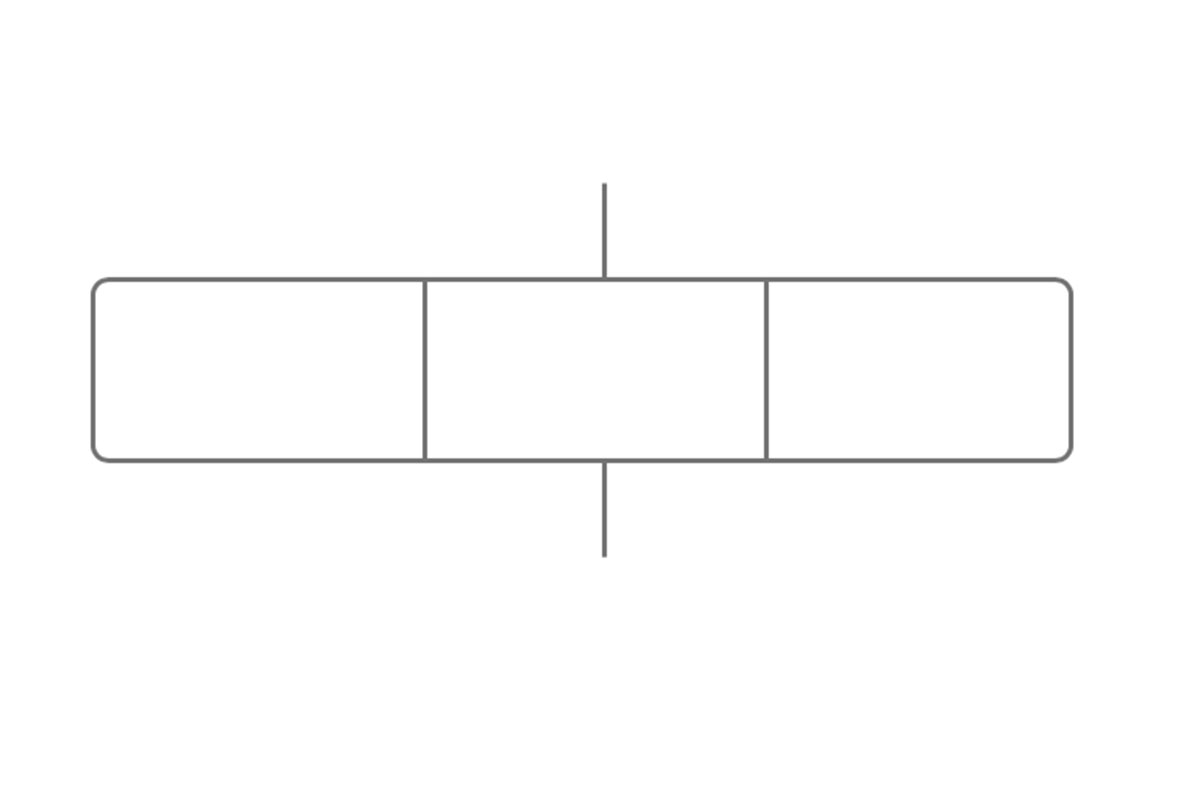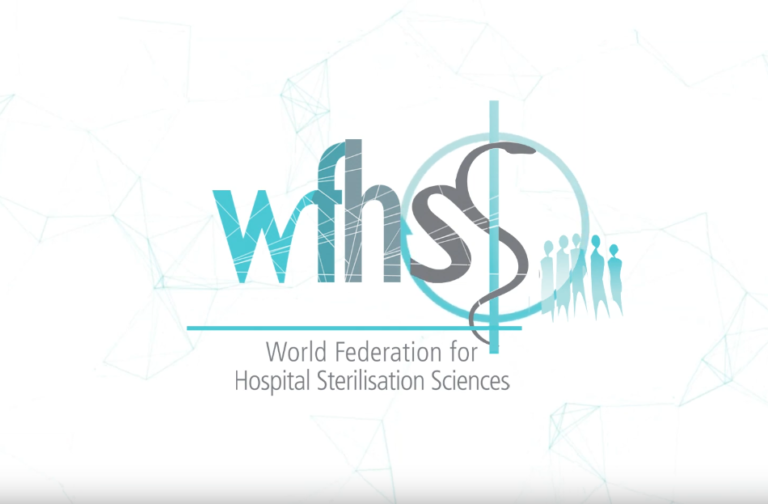After sterilization or disinfection, Reusable Medical Device (RMD) may be immediately used or stored until use.
Storage conditions depend on the level of risk of the RMD under Spaulding classification principles.
- After terminal sterilization, RMD’s are protected from environmental and handling contamination by packaging.
- After non terminal sterilization, critical RMD’s are not protected by packaging and cannot be stored.
- After disinfection, semi-critical RMD’s may be temporarily stored under controlled conditions. Maximum time before use is defined by local regulation (commonly from 3 to 12 hours). If the time limit is exceeded, RMD’s must be reprocessed.
In some countries, the temporary storage of semi-critical flexible endoscopes may be prolonged by using a storage cabinet. Maximum storage time is defined by local regulation or guidelines. Valves must be removed and stored separately, under dry and dust free conditions.
|
- Storage of non-critical RMD is according to internal policies.
Storage take place in a room adjacent to the central sterilization department or at point of use.
- The storage area is an enclosed space dedicated to sterile supplies.
Items have been removed from the external shipping containers in a breakout space external to the storage area. The access to the storage area is restricted to authorized personnel. |
- Surfaces of the storage area and storage equipments are adapted to needs. Adequate space is left around the storage equipment to allow for air circulation and avoid contact of packaged items with condensation which might form on interior surface of walls. Sufficient space above the floor is required to ease cleaning (i.e., at least 8 to 10 inches, around 20 cm) . Floor is smooth, waterproof, intact and easy to clean. Distance from the ceiling and sprinkler heads is defined by local fired code. Items are never stored directly on the floor, even temporarily.
- RMDs are stored in controlled dust, light and humidity conditions.
| Open evacuation, water supply, ducts are avoided. In case they exist, sterile items, including those packaged in rigid sterilization container systems, are not stored next to or under sinks, under exposed water or sewer pipes, or in any location where they could become wet. Packaging are not exposed to direct sun light. UV accelerate material aging. Temperature and humidity variations are avoided to prevent the acccumulation of moisture (condensate) on instruments surfaces. Major temperature fluctuations are avoided to prevent the accumulations of moisture (condensate). Recommended T°C and relative humidity ranges vary according to local guidelines (from 15°C or 18°C and 25°C for temperature, around 60 % or between 40 and 75% for RH). For some sensitive supply, manufacturer IFU's may require specific humidity ranges. There are no standardized air quality or aero-contamination limits for storage area. Local recommendations may apply. |
- The storage system is selected according to the environment and type of item and packaging material used,
| Open shelves (wire or solid shelves) are adapted for confined storage area, where traffic, ventilation are controlled. Closed or covered cabinets are needed for high trafic areas where dust might acccumulate. The bottom shelf of storage carts or shelving is preferably solid. Transport trays with solid or perforated bottoms may be used to prevent tears in wraps or pouches during handling. Pouches and reels are stored vertically or flat in baskets. Compression can force air and microorganisms onto the package content, cause seal to burst, or puncture the packaging. Wraps are not stacked. Wrapped packages are not stored beneath rigid sterilization containers on the same shelf. |
- Housekeeping is regularly performed and registered. Shelving, carts and bins used for sterile storage are maintained organized, clean and dry.
- For safety and ease of handling, heavy instrument trays are stored on middle shelves
- Storage is organized according to first in first out principles to allow rotation of RMD’s. Control of packaging integrity and expiration dates are periodically performed. Expiration date is defined by risk analysis.
| The shelf life of sterile RMD is event-related and based on the quality of the packaging material, the storage conditions, the methods and conditions of transport, and the amount and conditions of handling. The probability of damages increases over time and with number of handling. |
Written storage standard operating procedures (SOP’s) are prepared in accordance with quality management principles.
Process validation of storage controls that:
- Training of all operators allowed in storage space are executed and training certificates available.
- Occupational health and safety measures are in place for handling of heavy items.
- Standard Operating Procedures (SOP’s) are up to date for storage rules and cleaning of storage space.
- Risk analysis is performed for determination of expiration dates.

WFHSS recommendations for storage
- The storage area is dedicated to the storage of sterile items. Access is restricted to authorized and trained personal. Storage space and equipment is adapted. Storage conditions (lights, T°C, humidity) are under control. Storage precautions are adapted to items and packaging characteristics.
- Storage process is implemented according to quality management principles and undergoes process validation.
- Expiration date are defined by risk analysis of storage conditions.

Sterile in packaging or sterilized but not packaged or disinfected
Go to Storage – Key principles →
1 of 8 Ino storage - immediate useTransfer under controlled conditions
Go to Storage – Key principles →
2 of 8 Storage of non critical itemsAccording to type of RMD and hospital policy
Go to Storage – Key principles →
3 of 8 Storage of semi critical RMDMaximum storage times according to local regulation
Might be prolonged with flexible scopes storage cabinets
Go to Storage – Key principles →
4 of 8 Storage of sterile itemsIn storage area under controlled conditions
Go to Storage of sterile items →
5 of 8 RMD safe for useRMD safe for delivery to final users
Go to Storage – Key principles →
6 of 8According to SOP’s
Go to ![]() WFHSS recommendation for storage →
WFHSS recommendation for storage →
House keeping of storage area and control of expiration dates according to SOP’s
Go to Storage and quality →
8 of 8- EN 16442: Controlled environment storage cabinet for processed thermolabile endoscopes (2015)













